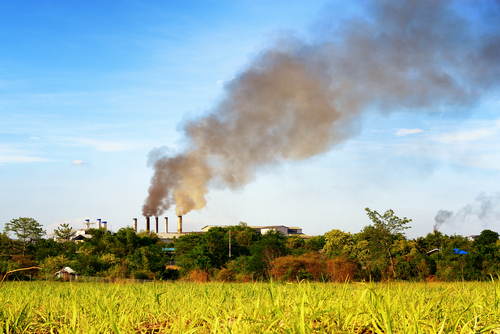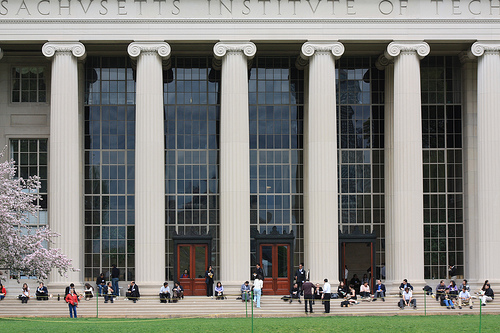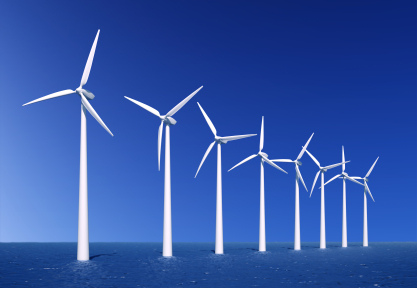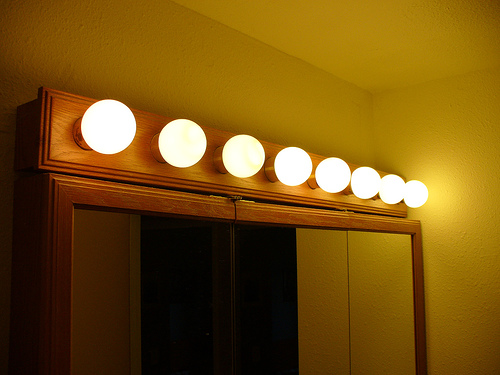Most enviros these days have their sights set squarely on Keystone XL (KXL) as the true barometer of the Obama climate change legacy. Given that, just yesterday, the British Columbia government shut down the possibility of piping the extremely dirty Canadian tar sands oil from Alberta to the coast through the BC province, Obama’s decision on whether to approve Keystone XL now suddenly carries huge weight. But amid the controversy over KXL, the White House this week did something that just might be even more powerful a move to curb climate change. It all starts with… microwave ovens.

We’ve talked about the price of carbon and carbon taxes here on Inspired Economist before. The fundamental challenge to any major shift in the fight against climate change is the fact that carbon pollution is still free. A company can produce as much greenhouse gas as it likes, and does not have to pay the costs that that pollution will incur on the public.
Two solutions, cap & trade and a carbon tax, would put a price on that carbon, but lacking that, the Federal government still has a few tools up its sleeve. The primary one is the “social cost of carbon“, a metric that helps the Federal government analyze regulations by placing a, shall we say, fictitious cost on carbon. It doesn’t come with any real cost to polluters at the moment, but it does help guide the government’s regulatory actions by showing what it will cost taxpayers if certain projects (are you hearing this Keystone folks?) get approved.
Thus, if it’s going to cost the government billions to clean up after a Hurricane Sandy, for instance, then that cost is put into an equation that is largely based on scientific projections of climate change, which are largely based on models showing that x amount of carbon will cause y amount of ocean level rise, extreme storms, and other outcomes of climate change. Once that cost is input, it becomes much more difficult to approve a project with a heavy footprint.
It follows to reason, then, that projects with lighter footprints will win quicker regulatory approval once there is a price on carbon (even if it’s just in the approval process and not a real carbon tax), and this process shifts ever more green as the social price of carbon goes up. And that’s just what it did, this week. Via microwave ovens.
As explained by one of my favorite bloggers, David Robers, on Grist this week:
Last week, the White House put up a blog post touting new energy-efficiency standards for microwave ovens. Thrilling, right? Halfway down, it mentions that “the underlying analysis of these standards includes an update to the social cost of carbon values.”
Turns out, the OMB put out new figures for the social cost of carbon, which were about 60% higher than the previous figures. It didn’t get a ton of media attention (except on Grist), but this move has pretty big ramifications. (here’s the PDF on the latest social cost of carbon from the White House, in case you love details).
It doesn’t take a rocket scientist to know that Keystone XL, as well as a lot of other very dirty projects, just became much more difficult to justify in the regulatory approval process. And, of course, that means that, by contrast, cleaner projects just started looking a lot more attractive. Investors don’t like uncertainty, and given this rising cost placed on greenhouse gases, who would invest in the filthiest of industries anymore?
This time around, we need to give Mr. Obama some credit for a creative solution to a challenging political problem.
Photo from Shutterstock










One sets their ‘sights” as in a rifle sight.